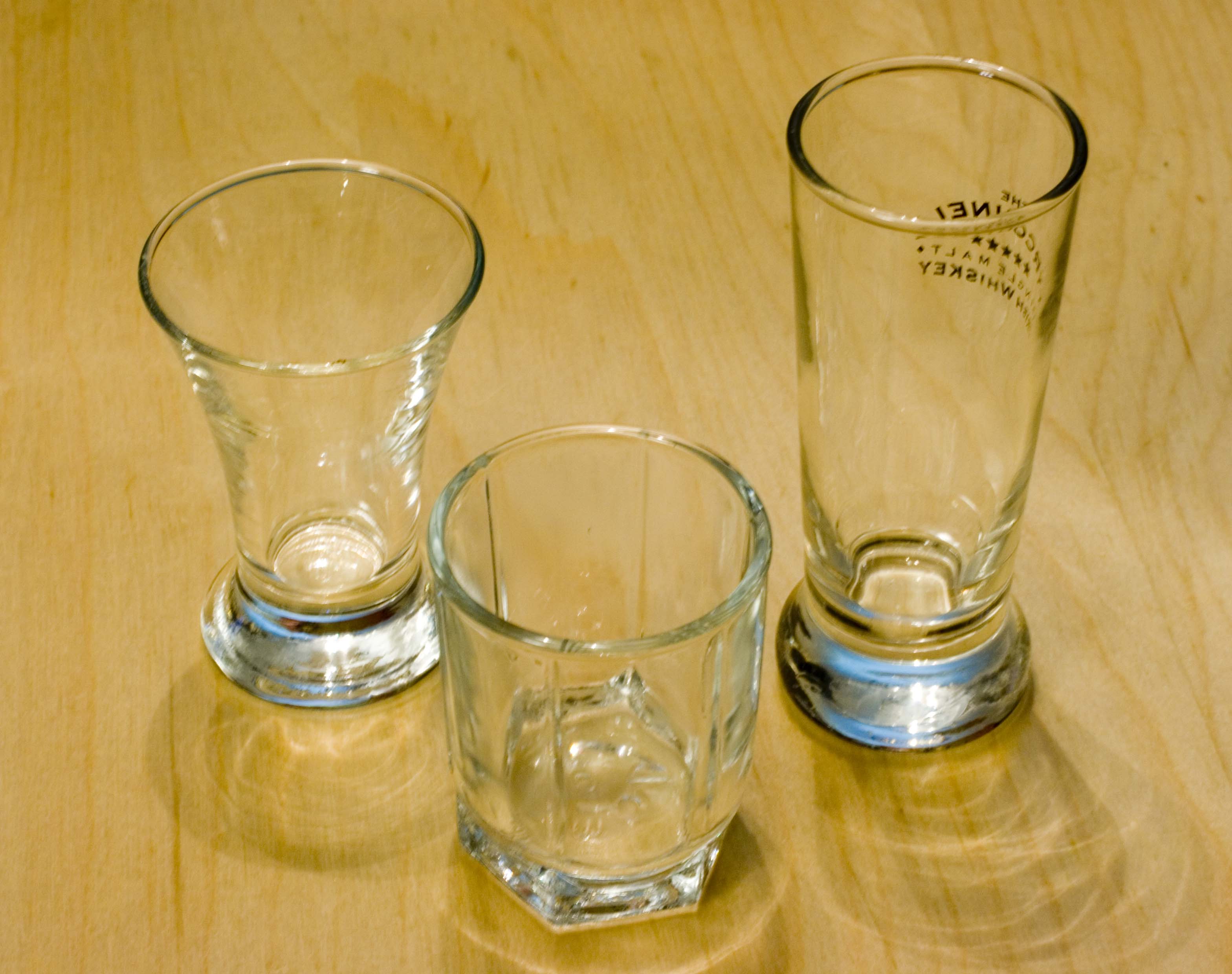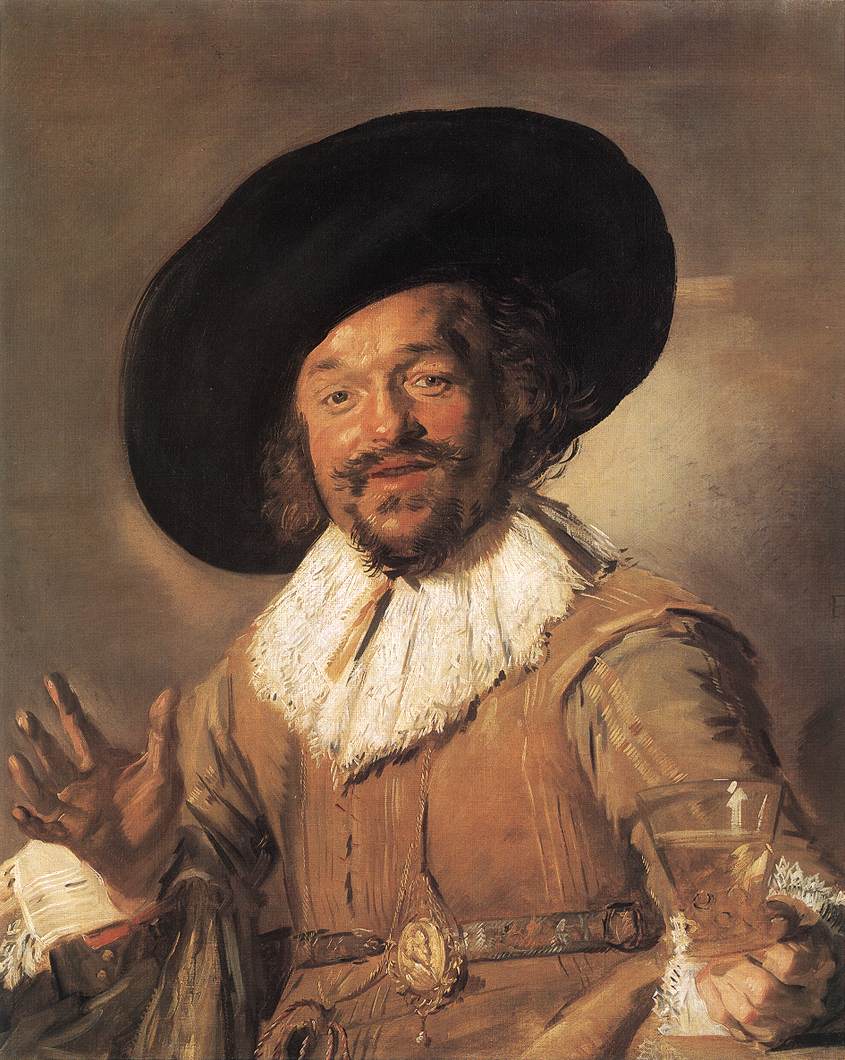|
Poktanju
''Poktanju'' () translated literally as "bomb liquor" or "bomb shot", is a cocktail that is made by mixing soju or whiskey and beer. A ''poktanju'' consists of a shot glass of soju (; Hangul: ; Hanja: ) is a clear and colorless Korean distilled alcoholic beverage. It is usually consumed neat. Its alcohol content varies from about 12.9% to 53% alcohol by volume (ABV), although since 2007 low alcohol soju below 20% h ... or whiskey dropped into a pint of beer; it is drunk quickly. It is considered to be a ritual drinking activity among office workers, friends, and colleagues. Other possible names for ''poktanju'' are boilermaker, bomb shot, bomb drink, somaek, or maekju. Korean society and drinking culture In Korea, the act of partaking in drinking is the equivalent of socializing over dinner. Many Koreans view drinking as the quickest way to solidify bonds between family members, friends, and colleagues. "According to a 2013 survey...conducted in collaboration with t ... [...More Info...] [...Related Items...] OR: [Wikipedia] [Google] [Baidu] |
Bomb Shot
A bomb shot, depth charge, or drop shot (Canada) is a kind of mixed drink. A drink in a small glass (typically a shot glass) is dropped into a larger glass holding a different drink. The resulting cocktail is typically consumed as quickly as possible ("chugged"). Preparation A bomb shot typically consists of a shot glass of hard liquor that is dropped into a glass partially filled with beer but sometimes with some other beverage. Many variations exist. When the shot is dropped into a pint it is commonly known as a "depth charge", because it resembles the anti-submarine weapon being dropped on a target. Examples of popular bomb shots include: * The classic Boilermaker: a shot of whisky dropped into beer * Flaming Doctor Pepper: a shot of Amaretto and Bacardi 151 which is lit on fire and dropped into beer * Jägerbomb: a shot of Jägermeister dropped into a glass containing an energy drink. Likewise, the ''F-Bomb'' Fireball Cinnamon Whisky and Red Bull. * Irish car bomb: a ... [...More Info...] [...Related Items...] OR: [Wikipedia] [Google] [Baidu] |
Soju
(; Hangul: ; Hanja: ) is a clear and colorless Korean distilled alcoholic beverage. It is usually consumed neat. Its alcohol content varies from about 12.9% to 53% alcohol by volume (ABV), although since 2007 low alcohol soju below 20% has become more popular. Traditionally, most brands of are produced in the Andong region, but soju made from other regions or countries also exists. While was traditionally made from the grain of rice, wheat, or barley, South Korean ethanol producers replace rice with other starch, such as cassava due to significantly lower capital costs. ''Soju'' often appear similar to several other East Asian liquors while differing on alcohol contents. Etymology Soju () means "burned liquor", with the first syllable ''so'' (; 燒; "burn") referring to the heat of distillation, and the second syllable ''ju'' (; 酒) referring to "alcoholic drink". (Cf. Brandy.) In 2008, "soju" was included in the Merriam-Webster Dictionary. Merriam-Webster dated ... [...More Info...] [...Related Items...] OR: [Wikipedia] [Google] [Baidu] |
Cocktail
A cocktail is an alcoholic mixed drink. Most commonly, cocktails are either a combination of spirits, or one or more spirits mixed with other ingredients such as tonic water, fruit juice, flavored syrup, or cream. Cocktails vary widely across regions of the world, and many websites publish both original recipes and their own interpretations of older and more famous cocktails. History The origins of the word ''cocktail'' have been debated (see section Etymology). The first written mention of ''cocktail'' as a beverage appeared in ''The Farmers Cabinet,'' 1803 in the United States. The first definition of a cocktail as an alcoholic beverage appeared three years later in ''The Balance and Columbian Repository'' (Hudson, New York) May 13, 1806. Traditionally, cocktail ingredients included spirits, sugar, water and bitters, however, this definition evolved throughout the 1800s, to include the addition of a liqueur. In 1862 Jerry Thomas published a bartenders: guide called ''How ... [...More Info...] [...Related Items...] OR: [Wikipedia] [Google] [Baidu] |
Shot Glass
A shot glass is a glass originally designed to hold or measure spirits or liquor, which is either imbibed straight from the glass ("a shot") or poured into a cocktail ("a drink"). An alcoholic beverage served in a shot glass and typically consumed quickly, in one gulp, may also be known as a "shooter". Shot glasses decorated with a wide variety of toasts, advertisements, humorous pictures, or other decorations and words are popular souvenirs and collectibles, especially as merchandise of a brewery. Name origin The word ''shot'', meaning a drink of alcohol, has been used since at least the 17th century, while it is known to have referred specifically to a small drink of spirits in the U.S. since at least the 1920s. The phrase ''shot glass'' has been in use since at least the 1940s. Earliest shot glasses Some of the earliest whiskey glasses in America from the late 1700s to early 1800s were called "whiskey tasters" or "whiskey tumblers" and were hand blown. They are th ... [...More Info...] [...Related Items...] OR: [Wikipedia] [Google] [Baidu] |
Soju
(; Hangul: ; Hanja: ) is a clear and colorless Korean distilled alcoholic beverage. It is usually consumed neat. Its alcohol content varies from about 12.9% to 53% alcohol by volume (ABV), although since 2007 low alcohol soju below 20% has become more popular. Traditionally, most brands of are produced in the Andong region, but soju made from other regions or countries also exists. While was traditionally made from the grain of rice, wheat, or barley, South Korean ethanol producers replace rice with other starch, such as cassava due to significantly lower capital costs. ''Soju'' often appear similar to several other East Asian liquors while differing on alcohol contents. Etymology Soju () means "burned liquor", with the first syllable ''so'' (; 燒; "burn") referring to the heat of distillation, and the second syllable ''ju'' (; 酒) referring to "alcoholic drink". (Cf. Brandy.) In 2008, "soju" was included in the Merriam-Webster Dictionary. Merriam-Webster dated ... [...More Info...] [...Related Items...] OR: [Wikipedia] [Google] [Baidu] |
South Korean Alcoholic Drinks
South is one of the cardinal directions or compass points. The direction is the opposite of north and is perpendicular to both east and west. Etymology The word ''south'' comes from Old English ''sūþ'', from earlier Proto-Germanic ''*sunþaz'' ("south"), possibly related to the same Proto-Indo-European root that the word ''sun'' derived from. Some languages describe south in the same way, from the fact that it is the direction of the sun at noon (in the Northern Hemisphere), like Latin meridies 'noon, south' (from medius 'middle' + dies 'day', cf English meridional), while others describe south as the right-hand side of the rising sun, like Biblical Hebrew תֵּימָן teiman 'south' from יָמִין yamin 'right', Aramaic תַּימנַא taymna from יָמִין yamin 'right' and Syriac ܬܰܝܡܢܳܐ taymna from ܝܰܡܝܺܢܳܐ yamina (hence the name of Yemen, the land to the south/right of the Levant). Navigation By convention, the ''bottom or down-facing side'' of a ... [...More Info...] [...Related Items...] OR: [Wikipedia] [Google] [Baidu] |
Cocktails
A cocktail is an alcoholic mixed drink. Most commonly, cocktails are either a combination of spirits, or one or more spirits mixed with other ingredients such as tonic water, fruit juice, flavored syrup, or cream. Cocktails vary widely across regions of the world, and many websites publish both original recipes and their own interpretations of older and more famous cocktails. History The origins of the word ''cocktail'' have been debated (see section Etymology). The first written mention of ''cocktail'' as a beverage appeared in ''The Farmers Cabinet,'' 1803 in the United States. The first definition of a cocktail as an alcoholic beverage appeared three years later in ''The Balance and Columbian Repository'' (Hudson, New York) May 13, 1806. Traditionally, cocktail ingredients included spirits, sugar, water and bitters, however, this definition evolved throughout the 1800s, to include the addition of a liqueur. In 1862 Jerry Thomas published a bartenders: guide called ''How ... [...More Info...] [...Related Items...] OR: [Wikipedia] [Google] [Baidu] |
Drinking Culture
Drinking culture is the set of traditions and social behaviors that surround the consumption of alcoholic beverages as a recreational drug and social lubricant. Although alcoholic beverages and social attitudes toward drinking vary around the world, nearly every civilization has independently discovered the processes of brewing beer, fermenting wine and distilling spirits. Alcohol and its effects have been present in societies throughout history. Drinking is documented in the Hebrew and Christian Bibles, in the Qur'an, in art history, in Greek and Roman literature as old as Homer and in Confucius's ''Analects''. Social drinking "Social drinking", also commonly referred to as "responsible drinking", refers to casual drinking of alcoholic beverages in a social setting without an intent to become intoxicated. In Western cultures, good news is often celebrated by a group of people having a few alcoholic drinks. For example, alcoholic drinks may be served to "wet the baby's head ... [...More Info...] [...Related Items...] OR: [Wikipedia] [Google] [Baidu] |




.jpg)

